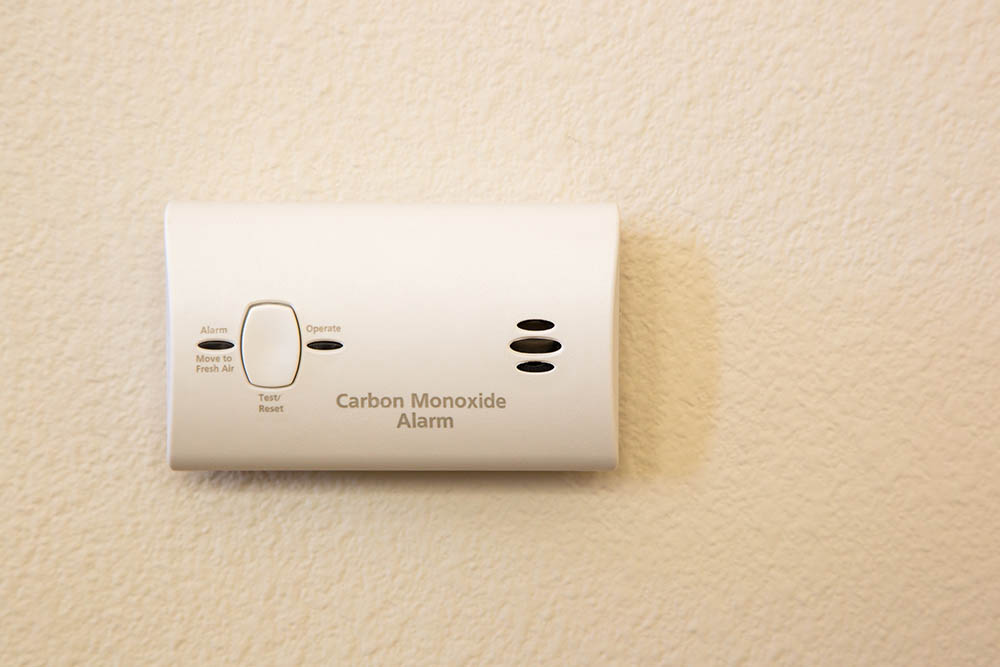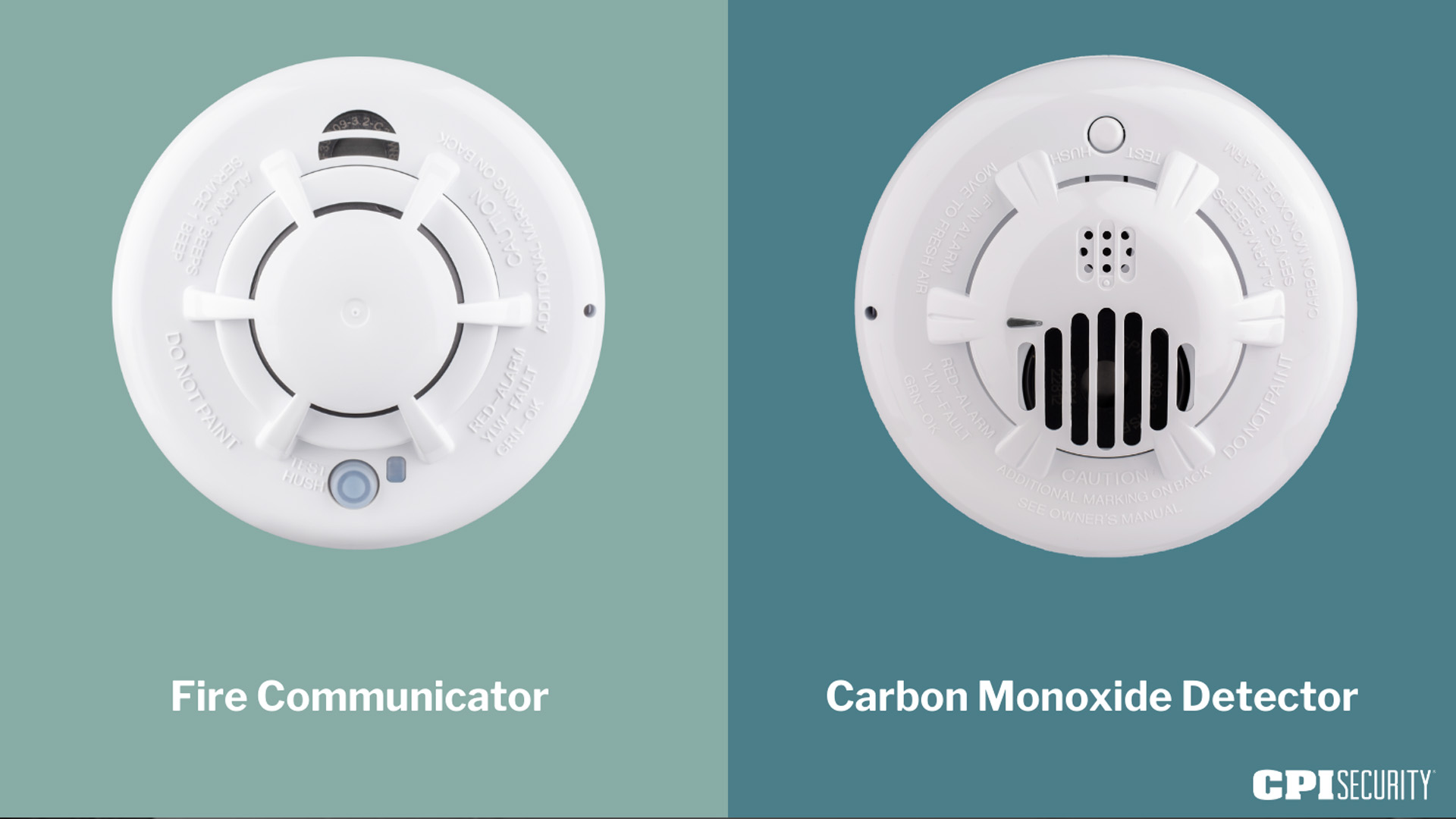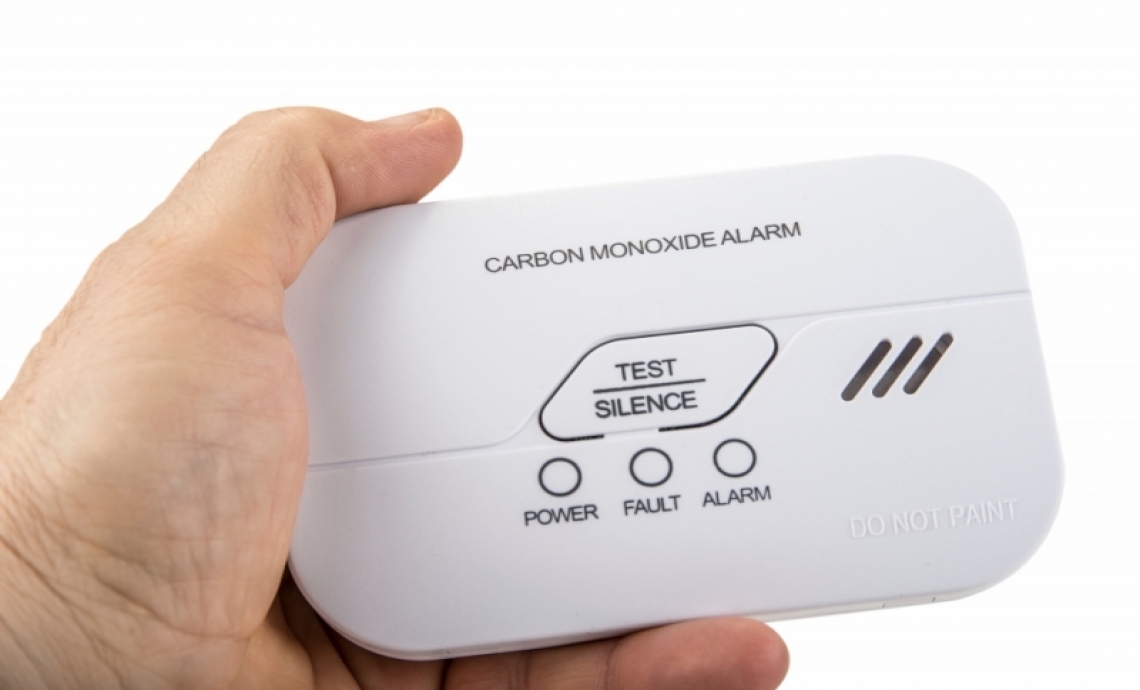When Do You Need A Carbon Monoxide Alarm

Frequently Asked Questions About Carbon Monoxide (CO) Alarms
Carbon monoxide (CO) is an invisible, odorless, and deadly gas. Because you can't see, smell, or taste it, a CO alarm is the only way to detect its presence. Understanding when and where you need a CO alarm is crucial for protecting yourself and your family. This FAQ answers common questions about CO alarms to help you stay safe.
1. Why do I need a carbon monoxide alarm?
Carbon monoxide is a byproduct of incomplete combustion, meaning it's produced whenever fuels like natural gas, propane, oil, wood, or kerosene are burned incompletely. Common sources include:
- Furnaces
- Water heaters
- Fireplaces (wood and gas)
- Gas stoves and ovens
- Generators
- Cars running in attached garages
- Portable heaters
When inhaled, CO replaces oxygen in your bloodstream, leading to serious health problems, including brain damage and death. CO alarms are designed to detect dangerous levels of CO in your home and alert you to evacuate.
Without an alarm, you won't know you are being exposed until symptoms appear, at which point, there may be damage already.
2. Where should I install carbon monoxide alarms in my home?
For maximum protection, follow these guidelines:
- Every Level: Install at least one CO alarm on every level of your home, including the basement.
- Near Sleeping Areas: Place alarms in hallways outside of sleeping areas. This ensures you'll hear the alarm while you're asleep.
- Inside Bedrooms: Some experts recommend placing an alarm inside each bedroom, especially if bedrooms are located far from the main living areas.
- Manufacturer's Instructions: Always follow the manufacturer's instructions for placement and installation.
- Avoid Obstructions: Do not place alarms behind furniture, curtains, or other obstructions that could block the sensor.
- Optimal Height: CO alarms can be installed on the ceiling or high on the wall (within 12 inches of the ceiling). CO is slightly lighter than air, but proper airflow will disperse it throughout the room.
Do not place alarms:
- In garages where vehicles run or near any other vehicle.
- In extremely humid areas.
3. Are there specific types of carbon monoxide alarms I should consider?
Yes, there are several types of CO alarms available:
- Battery-Powered: These alarms are easy to install and rely on batteries. Choose alarms with long-life batteries or models that indicate when the battery is low. Replace batteries regularly (at least twice a year, when you change your clocks for daylight saving time).
- Hardwired: These alarms are connected to your home's electrical system and often have a battery backup in case of power outages. Consider a professional installation for these.
- Plug-in: These alarms plug directly into an electrical outlet. Make sure the outlet is not controlled by a switch that could accidentally turn the alarm off.
- Combination Smoke/CO Alarms: These alarms detect both smoke and carbon monoxide. This can be a space-saving and convenient option, but ensure it meets all required standards for both smoke and CO detection.
- Smart Alarms: These alarms connect to your home's Wi-Fi network and can send alerts to your smartphone or other devices if CO is detected.
Regardless of the type you choose, ensure the alarm is certified by a recognized testing laboratory such as Underwriters Laboratories (UL) or Intertek (ETL).
4. How often should I test and replace my carbon monoxide alarms?
Regular testing and replacement are essential to ensure your CO alarms are functioning correctly.
- Test Regularly: Test your CO alarms at least once a month by pressing the test button.
- Replace Every 5-10 Years: CO alarms have a limited lifespan. Check the manufacturer's instructions for the recommended replacement date, which is typically 5 to 10 years from the date of manufacture, not the date of purchase. Some alarms have an end-of-life signal that will sound when it's time to replace them.
Do not wait until the alarm malfunctions to replace it. Proactive replacement ensures continuous protection.
5. What should I do if my carbon monoxide alarm goes off?
If your CO alarm sounds, act quickly and decisively.
- Evacuate Immediately: Get everyone out of the house and into fresh air immediately. Do not hesitate. Do not open windows.
- Call Emergency Services: From a safe location, call 911 or your local emergency number.
- Do Not Re-enter: Do not re-enter the building until emergency personnel have arrived, ventilated the building, and determined that it is safe.
- Seek Medical Attention: If anyone is experiencing symptoms of CO poisoning (headache, dizziness, nausea, vomiting, confusion, weakness, loss of consciousness), seek medical attention immediately.
Identifying the Source: After emergency services have cleared the building, you can try to identify the source of the CO. However, never attempt to fix the problem yourself. Contact a qualified professional to inspect and repair any faulty appliances or equipment.
6. Can I disable my carbon monoxide alarm if it's a false alarm?
Never disable your carbon monoxide alarm without investigating the cause of the alarm. While false alarms can occur, it's crucial to treat every alarm as a potential emergency until proven otherwise.
Possible Causes of False Alarms:
- Low Battery: A low battery can sometimes trigger a false alarm. Try replacing the batteries with new ones.
- Alarm Malfunction: CO alarms can malfunction, especially as they age.
- Temporary CO Spike: A brief increase in CO levels, such as from a car starting in an attached garage, can trigger an alarm.
- Cross-Sensitivity: Some CO alarms can be sensitive to other gases, such as methane or propane.
- Humidity or Temperature: Extreme humidity or temperature fluctuations can affect the sensor.
What to Do Before Disabling:
- Ventilate: Open windows and doors to ventilate the area.
- Reset: If the alarm continues to sound after ventilation, try resetting it according to the manufacturer's instructions.
- Investigate: Check for any obvious sources of CO, such as a running car in the garage or a malfunctioning appliance.
If the alarm continues to sound after these steps, and you suspect a false alarm, call your local fire department or a qualified professional to inspect your home. They can use specialized equipment to detect CO levels and identify the source of the alarm. Only disable the alarm after a professional has confirmed that it is safe to do so.
Consider a CO Detector with a Digital Display: These models often show the CO level in parts per million (ppm), allowing you to assess the severity of the situation and potentially identify a low-level CO leak that might otherwise go unnoticed.
7. Are there any laws or regulations about carbon monoxide alarms?
Many states and local jurisdictions have laws requiring CO alarms in residential buildings, especially those with fuel-burning appliances or attached garages. These laws often specify the type of alarm required, the location of installation, and other requirements.
Check Local Codes: It's essential to check your local building codes and ordinances to ensure you are in compliance. Contact your local fire department, building department, or city hall for information about specific requirements in your area.
Landlord Responsibilities: If you are a tenant, your landlord may be responsible for providing and maintaining CO alarms. However, it is still your responsibility to test the alarms regularly and report any problems to your landlord.
Beyond Compliance: Even if your area does not have specific requirements, installing CO alarms is a simple and effective way to protect yourself and your family from the dangers of carbon monoxide poisoning. Prioritize safety regardless of legal mandates.










